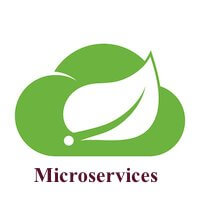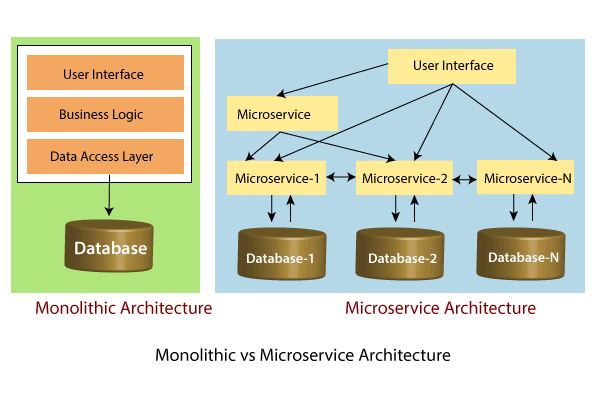Microservices Tutorial
Microservice Architecture is a Service Oriented Architecture. In the microservice architecture, there are a large number of microservices. By combining all the microservices, it constructs a big service. In the microservice architecture, all the services communicate with each other. In the Microservices tutorial, we will understand how to implement microservices using Spring Cloud. We will learn how to establish communication between microservices, enable load balancing, scaling up and down of microservices. We will also learn to centralize the configuration of microservices with Spring Cloud Config Server. We will implement Eureka Naming Server and Distributed tracing with Spring Cloud Sleuth and Zipkin. We will create fault tolerance microservices with Zipkin. Our microservices tutorial discusses the basic functionalities of Microservice Architecture along with relevant examples for easy understanding. What are MicroservicesDefinition: According to Sam Newman, "Microservices are the small services that work together." According to James Lewis and Martin Fowler, "The microservice architectural style is an approach to develop a single application as a suite of small services. Each microservice runs its process and communicates with lightweight mechanisms. These services are built around business capabilities and independently developed by fully automated deployment machinery." There is a bare minimum of centralized management of these services, which may be written in different programming language and use different data storage technologies. Points to remember
The microservice defines an approach to the architecture that divides an application into a pool of loosely coupled services that implements business requirements. It is next to Service-Oriented Architecture (SOA). The most important feature of the microservice-based architecture is that it can perform continuous delivery of a large and complex application. Microservice helps in breaking the application and build a logically independent smaller applications. For example, we can build a cloud application with the help of Amazon AWS with minimum efforts. 
In the above figure, each microservice has its own business layer and database. If we change in one microservice, it does not affect the other services. These services communicate with each other by using lightweight protocols such as HTTP or REST or messaging protocols. Principles of MicroservicesThere are the following principles of Microservices:
Single Responsibility PrincipleThe single responsibility principle states that a class or a module in a program should have only one responsibility. Any microservice cannot serve more than one responsibility, at a time. Modeled around business domainMicroservice never restrict itself from accepting appropriate technology stack or database. The stack or database is most suitable for solving the business purpose. Isolated FailureThe large application can remain mostly unaffected by the failure of a single module. It is possible that a service can fail at any time. So, it is important to detect failure quickly, if possible, automatically restore failure. Infrastructure AutomationThe infrastructure automation is the process of scripting environments. With the help of scripting environment, we can apply the same configuration to a single node or thousands of nodes. It is also known as configuration management, scripted infrastructures, and system configuration management. Deploy independentlyMicroservices are platform agnostic. It means we can design and deploy them independently without affecting the other services. AudienceOur microservices tutorial is designed for Software Professionals and beginners who want to learn microservices architecture in easy steps. This tutorial will give you an in-depth knowledge of microservices architecture and its components like RabbitMQ Server, Eureka Naming Server, Zuul API Gateway, Ribbon, Hystrix, and Zipkin Server. After completing this tutorial, you can develop microservices services with Spring Cloud. PrerequisitesBefore continuing with this tutorial, you should have a basic understanding of Java, Spring, and Spring Cloud Framework. Because we are going to develop microservices using Spring Cloud. ProblemWe assure you that you will not find any problem with the microservices tutorial. If there is any mistake, please post the problem in the contact form. |
 For Videos Join Our Youtube Channel: Join Now
For Videos Join Our Youtube Channel: Join Now
Feedback
- Send your Feedback to [email protected]
Help Others, Please Share










